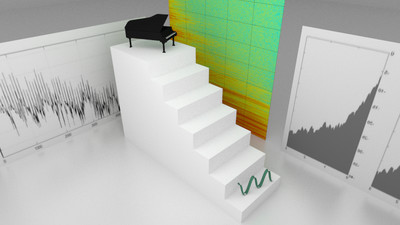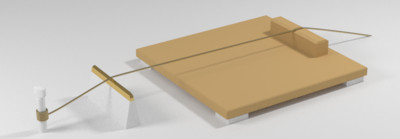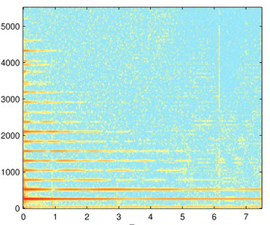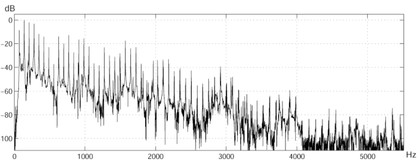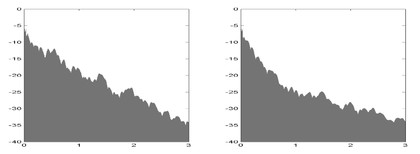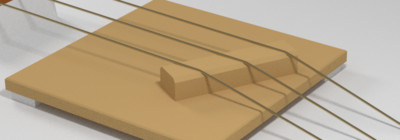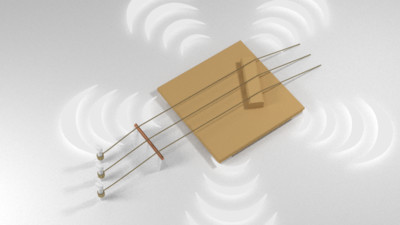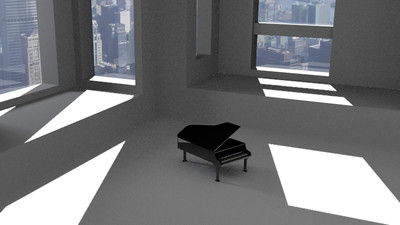Pianoteq features
Vivid Sounds generated while you are playing, taking into account every complex factor: interaction between strings, cabinet resonance, position of the hammers... it feels like a real instrument in front of you.
Versatile Few clicks away from unmatched adjusting possibilities to any level of precision, which go even further than the piano technician palette. Share your prepared instruments with other Pianoteq users.
Expressive All the timbre variations, from the weakest pianissimo to the strongest fortissimo, are chiselled in the model and rendered unaltered and faithful, with no quantization noise.
Convenient Convenient for the travelling musician, Pianoteq runs on any laptop. It loads quickly thanks to its featherlight size (few megabytes).
Pianoteq sounds
Morphing and Layering
Instruments VibraDrum, CimbaHarp or GlockenTines for sure do not exist. However these are three of the many instruments you can create with the acoustic Morphing introduced in Pianoteq 7 (Standard and PRO). This new technology handles the morphing at the physical modelling level, providing a stunning acoustic authenticity to instruments that never existed. The timbre of the morphed instrument you create is the one of an imaginary acoustic instrument whose physical parameters lie somewhere in between those of the instruments from which you started building the morphing.
In the audio examples below, Dynamic Morphing refers to the fact that the percentage of the various instruments is dynamically modified while playing, whereas it is fixed in the Static Morphing examples.
Layering
The Layering feature allows you to mix several instruments, e.g. playing Bass Marimba in the low range, Xylophone in the upper range and mixing both together in the middle range. When layering instruments together, there are two parameters you may find of particular interest: volume and attack envelope. Both can be edited note per note in Pianoteq Standard and PRO. The volume can be used for splitting the instruments to different keyboard ranges, and the attack envelope can be used to mix an instrument with a particular attack that you want to emphasize, with another one whose attack has been weakened via the attack envelope parameter.
Adding felt to pianos
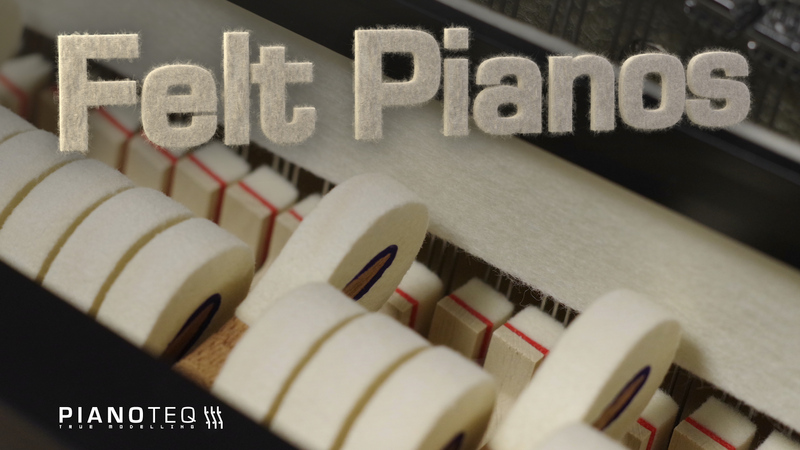
Placing material between hammers and strings goes back to the 18th century as can be seen in some Viennese-made instruments. Mainly used today on upright pianos, it can be found also on some grand pianos, as for example by Steingraeber.
By adding felt, you can achieve a soft and delicate piano sound resembling to the intimate, cozy blanket of foggy delight which can be heard in many soundtracks.
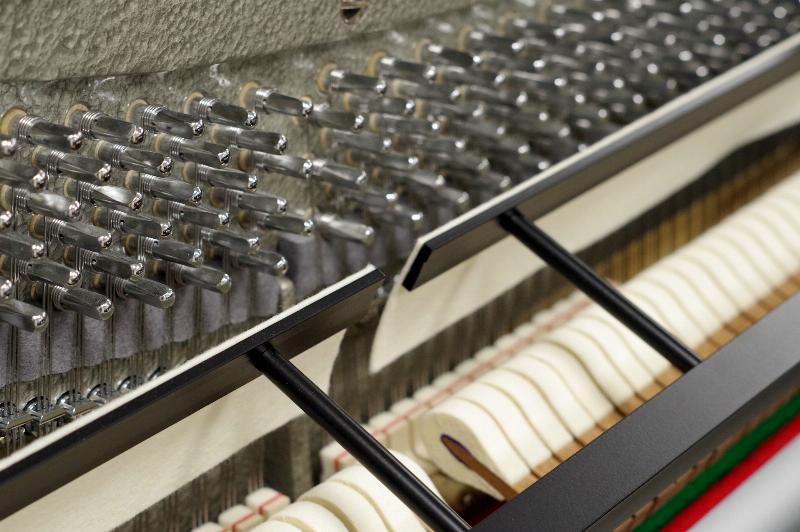 Felt presets are available in all contemporary pianos in Pianoteq as from version 7.4. In contrast to real pianos, Pianoteq benefits from the physical model by letting you adjust felt thickness.
Felt presets are available in all contemporary pianos in Pianoteq as from version 7.4. In contrast to real pianos, Pianoteq benefits from the physical model by letting you adjust felt thickness.
Right-click on the continuous Celeste Pedal to make use of this unique feature.
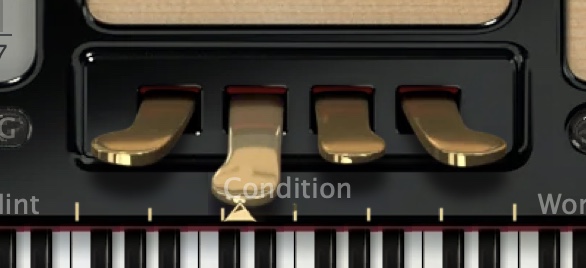
Watch the following videos to learn more:
Characteristics of Pianoteq
- The piano sound is constructed in real time by a physical model, responding to how the pianist strikes the keys and interacts with the pedals
- The physical model includes the entire complexity of real pianos (hammers, strings, duplex scale, pedals, cabinet) and other instruments. No quantization noise (32-bit internal computation and renders high resolution MIDI formats CC#88 and Disklavier XP.
- More than 60 models are available for purchase and some of them are free
- It allows Morphing and Layering between instruments
- Continuous velocity from pianissimo to fortissimo, with progressive variation of the timbre: that makes exactly 127 velocities! A sample-based software program would in theory require hundreds of gigabytes for all these velocities. Built-in graphic curve for key velocity, note-off and pedal (half-pedaling).
- Complex resonances that only a model can reproduce in all its richness:
- Sympathetic resonance of all strings, both without and with sustain pedal
- Duplex scale (the undamped string parts which come into resonance)
- Sympathetic resonances between strings
- Damper position effect when key is released (variable overtones damping)
- Other special effects like staccato and sound continuation when pressing down the sustain pedal a short time after key release (re-pedalling)
- Timbre modification of repeated notes, due to the hammer striking strings which are already in motion instead of being still
- Release velocity
- Polyphonic Aftertouch (particularly interesting for the clavichord)
- Ten types of pedals (that can be assigned to the four UI pedals, see manual)
- Choice of microphone position, multichannel mixing (up to 5 mics, 5 channels) and Variable lid position
- Modifications of the models to explore new sounds via direct parameter modification or Mallet bounce (note repetition), Instrument condition (mint to worn), Note Effects.
- Natural instrument noises including:
- Variable action key release noise (varies with note duration and key release velocity if present)
- Damper noise at key release (mainly for bass notes)
- Sustain pedal noise: pedal velocity dependant “whoosh” produced by the dampers rising altogether from the strings or falling down
- Microtuning and scala format files import
- Various effects including equalizer, keyboard velocity setting, volume, sound dynamics which controls the loudness levels between pianissimo and fortissimo, Convolution reverberation with control of reverberation weight, duration and room size, limiter, tremolo.
- Works on a variety of platforms and plug-in formats:
- Audio Units / VST / AAX / NKS compatible
- Mac OS X 10.11 or later, Windows 7 or later, Linux (x86 and ARM)




- Audio Units / VST / AAX / NKS compatible
Why does a piano sound like a piano?
Why a sampled piano is insufficient
The very best sampled pianos of today are the result of many hours of careful recordings associated with complex solutions designed to provide a valuable piano sound. We respect the work of these high class competitors who manage to develop sampled based pianos of this quality. However, as is well-known, sampling technology itself has inherent disadvantages.
To give you an understanding of the reasons why we chose to develop Pianoteq we find it necessary to describe the shortcomings of using samples to create a digital piano:
- The sampled piano contains static recordings of each note, how it sounded during a particular moment in time. It does not take into account the influence of other strings vibrating, cabinet resonance, pedal interaction and hammer position,
- The sampled piano cannot alter the existing piano samples when it comes to parameters such as hammer hardness, unison tuning, cabinet size, overtones spectrum etc.,
- The sampled piano has several technical limitations such as audible quantization noise and uneven variation of the timbre (from ppp to fff).
Despite many recent attempts to enhance the sampled piano sound by adding convolution reverb and other post processing effects, the technology as such has too many limitations when it comes to achieving a truly vivid and convincing piano sound.
What makes Pianoteq unique
Pianoteq offers many unique qualities and features that make it superior to other virtual pianos:
- Vivid: The piano creates the sound in real time while you are playing and takes into account all the complex factors that make the piano a truly vivid instrument, such as the interaction between strings, the use of pedals, the cabinet resonance and the position of the hammers. It will feel like you have a real piano in front of you... as if you could just lean over and touch the strings!
- Versatile: Pianoteq introduces new possibilities to adjust the piano sound just the way you like it! Things that until now were dedicated for piano tuners are now possible directly from the interface. Within seconds you can adjust the sound to a particular type of music or playing style. The many choices can be saved as a customized setting which you can share with other Pianoteq users.
- Expressive: All the detailed variations of the timbre are there, from the weakest pianissimo to the strongest fortissimo! What you express on your keyboard will also be what you actually hear. The sound of even the weakest pianissimo is absolutely pure without any audible quantization noise.
- Convenient: Convenient: Thanks to its rather modest system requirements, Pianoteq is suitable to run on a modern laptop, convenient for the travelling musician. The small size (less than 50 MB) and the fast interface means no loading time. Just a few mouse movements to start playing.
Pianoteq interface
The many adjustable parameters make it possible to not only adapt the existing piano model but also to create new piano sounds. This is one of the advantages of a truly modelled piano — it opens up new possibilities for the creative musician.
Pianoteq lets you improve the tuning in ways that are usually available only to piano tuners. Example: diapason (414-467 Hz), different kinds of temperaments (from equal to well tempered), microtuning, unison tuning (for changing the timbre or colour of the sound), octave stretching and direct sound duration. Screenshot of the Pianoteq upper panel.
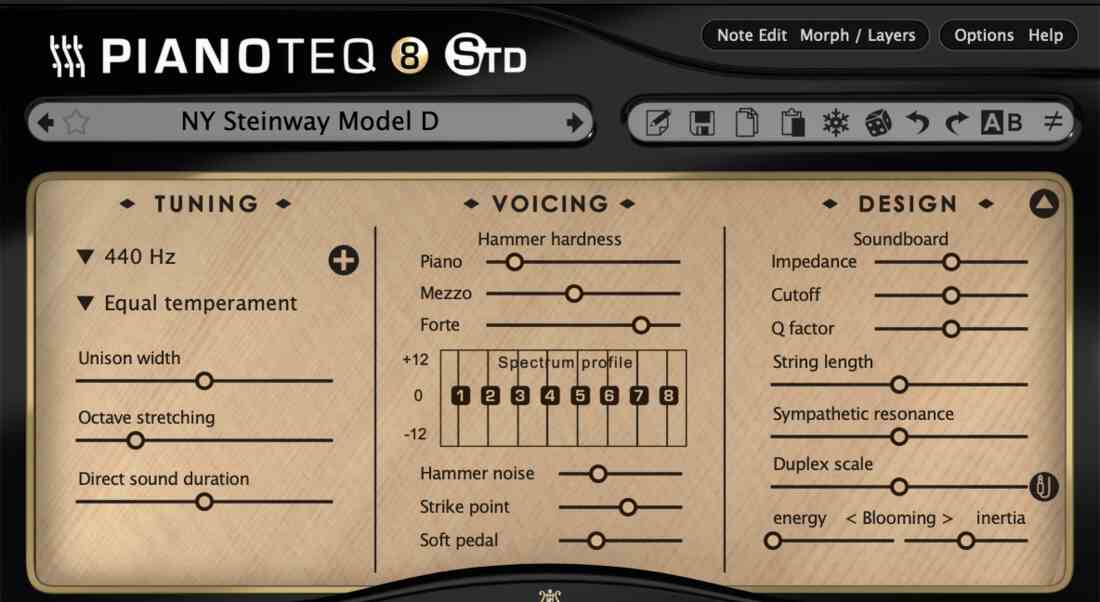
Another task for a professional piano tuner is to "shape" the piano sound according to the pianist's taste. By adjusting hammer hardness it is possible to adapt the piano sound from mellow to bright in great detail. There is not just one adjustment, mellow to bright, but a very detailed slider for each major velocity: pianissimo, mezzoforte and fortissimo.

The next feature is something that not even a piano tuner can do — changing the soundboard impedance. You will get a total control of overtones. This makes it even possible to change the size of the piano, from A size to D size, even up to a 10 meter (33 feet) grand!
Enlarged keyboard
The Pianoteq Steinway D and K2 virtual grand pianos offer an extended keyboard range of 105 keys. This range makes it the largest ever available in a piano.

Grand pianos that offer an expanded keyboard range are rare and extremely expensive. A very well-known example of such a high class instrument is the Bösendorfer Imperial Grand, with its 97 keys expanding the bass range. Stuart & Sons have also built innovative 102 keys pianos, increasing both the bass and the treble range of the piano.
MODARTT takes up the challenge by providing an unprecedented extra-large key range for its Steinway D and K2 virtual grand pianos, with no less than 105 keys (17 keys more than the standard keyboard range), ranging from ultra-low rumbling bass to very high bird-like pitches.
The keyboard range expansion was developed to correspond to an increasing demand from Pianoteq users for additional notes. The extended sound palette, obtained thanks to the powerful Pianoteq physical modelling, can be used e.g. in certain prominent piano works by Debussy, Ravel and Bártok where the extended range is utilized. If playing gentle octave chords, the extended bass notes will add a rumbling sound that will strengthen the effect. Below is an example of where the pianist makes use of the extended keyboard range.
In this particular arrangement (suitable for 4 hands), Pianoteq demonstrates its capacity where most other pianos will fail. Based on transcriptions of Paganini's last movement of his second Violin Concerto, Pianoteq's extended keyboard range brings out the complete tonal colour palette. The highest D#, which constitutes Paganini's original 'La Campanella' (The Bell), exists in an octave higher than every other commercial piano library in the world. Many rumbling ultra-low octave notes are also prominently featured.
The fourth generation piano
The Pianoteq physical model was issued from academic research at the Institute of Mathematics of Toulouse, INSA, Toulouse, France and is continuously developed by Modartt.
The result is what we call the fourth piano generation. Pianoteq is the very first piano that belongs to this generation.
- First generation: acoustic piano (1698)
- Second generation: electro-acoustic piano (1929)
- Third generation: sampled piano (1984)
- Fourth generation: modelled piano (2006)
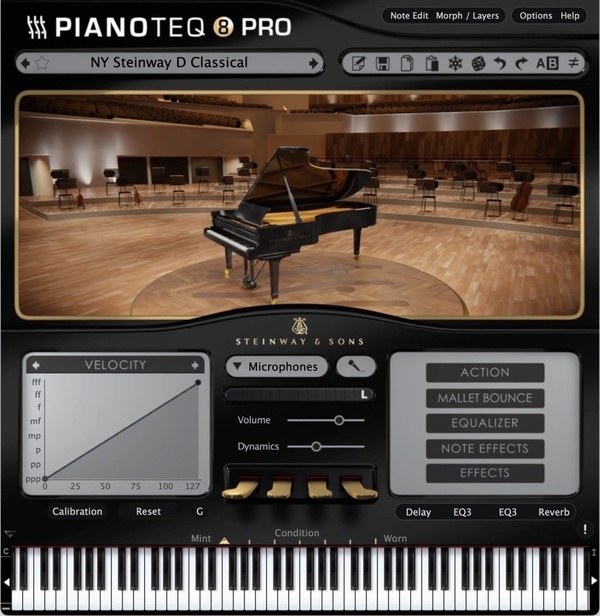
The first generation of pianos began with Cristofori's pianoforte in 1698 which came to maturity at the end of the 19th century with the acoustic grand pianos. It was followed in the 20th century by the second generation electro-acoustic pianos and the third generation sampled pianos where each note is a recording of how it sounded during a specific moment in time, not taking into account the complexity of the instrument.
Pianoteq is the first piano belonging to the fourth generation, developed in order to go beyond the limitations of the third generation and to become a versatile and innovating tool. It is in fact the first virtua piano factory — it can produce new brands as well as copies of historical instruments.
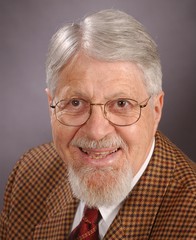 Professor Gabriel Weinreich, renowned figure in the world of musical acoustics,
says:
Professor Gabriel Weinreich, renowned figure in the world of musical acoustics,
says:
«I demonstrated the first "Piano from first principles" at a conference in
Austria in 1980.
Never in a million years would I have dreamed at that time that, in my
lifetime, this art would
have reached the state of development embodied in your Pianoteq program. I
congratulate you and
all your collaborators on this most marvelous development.»







